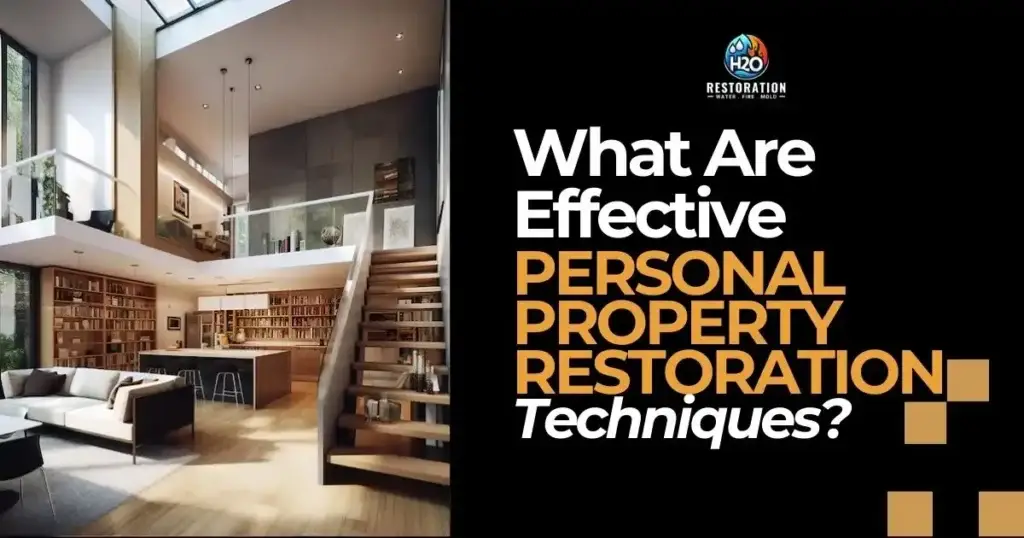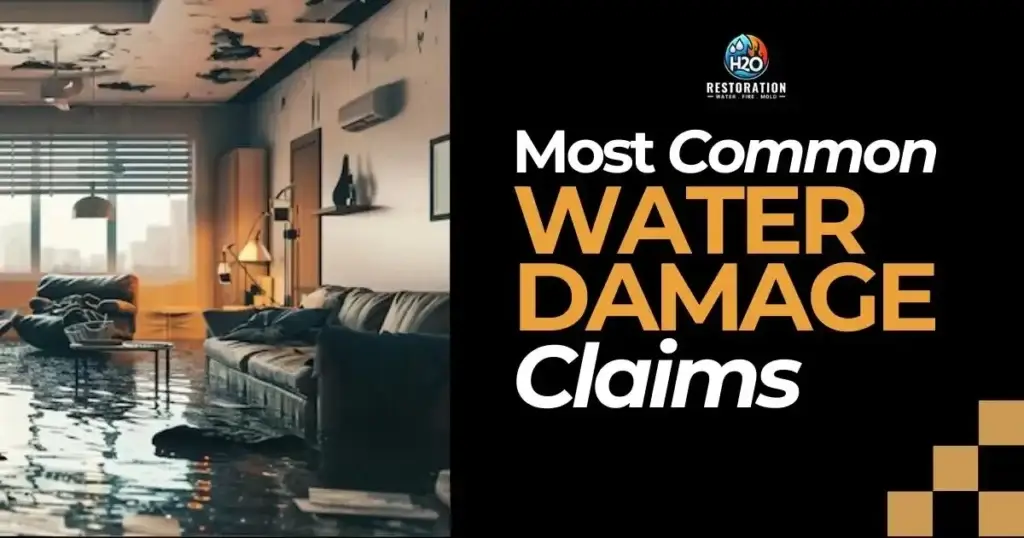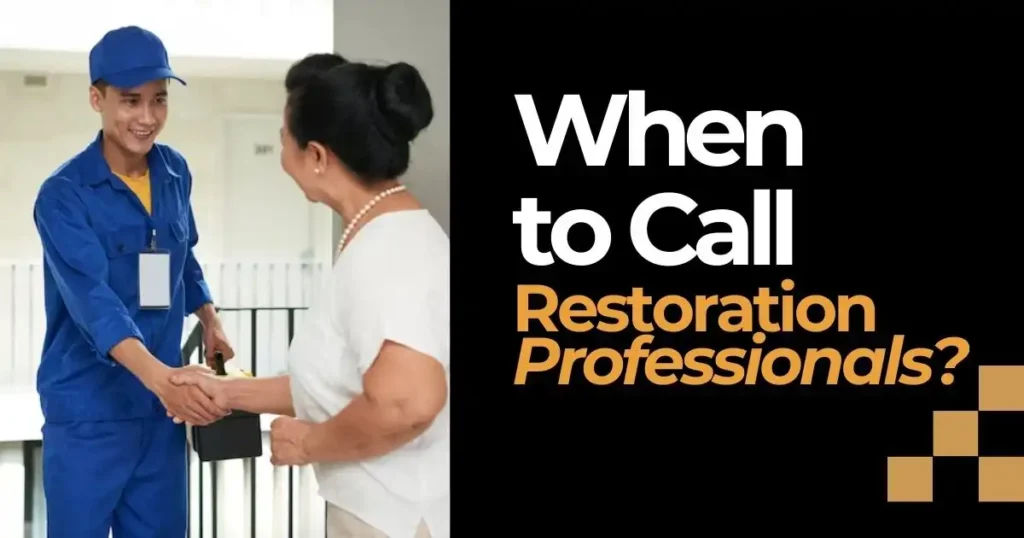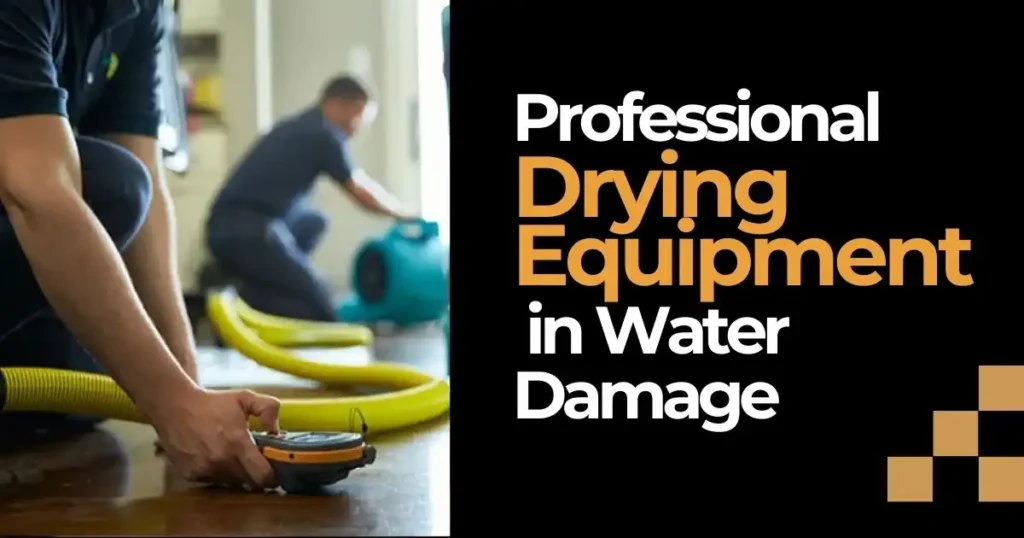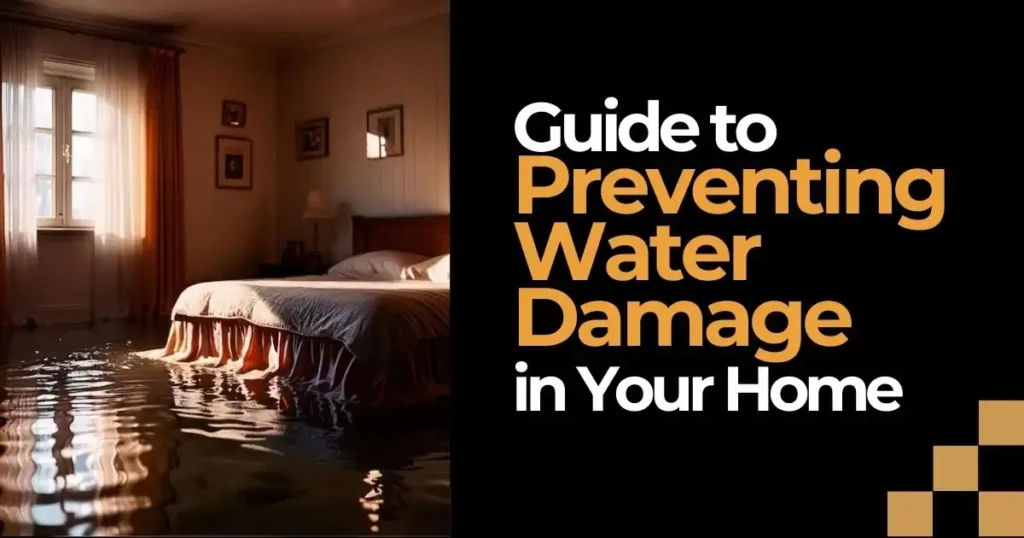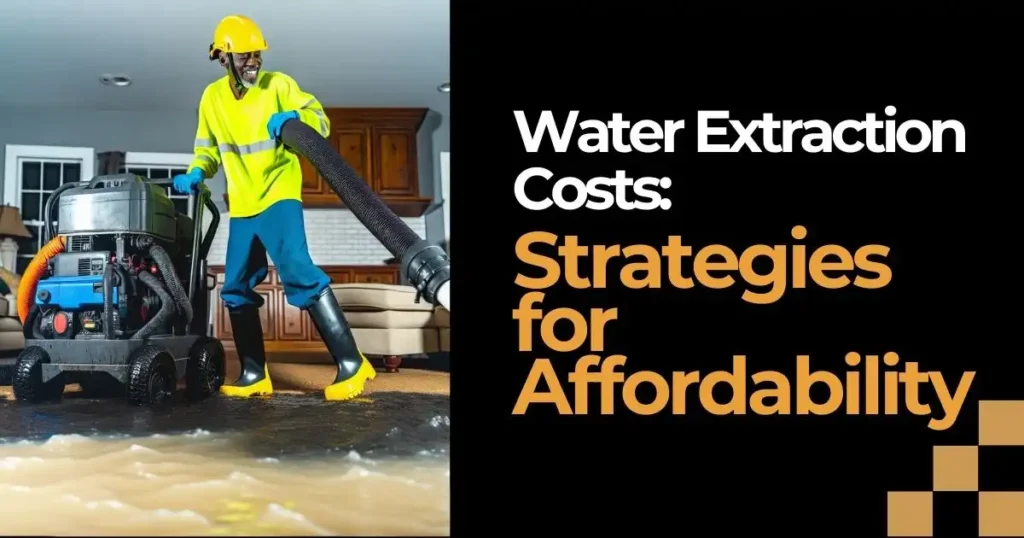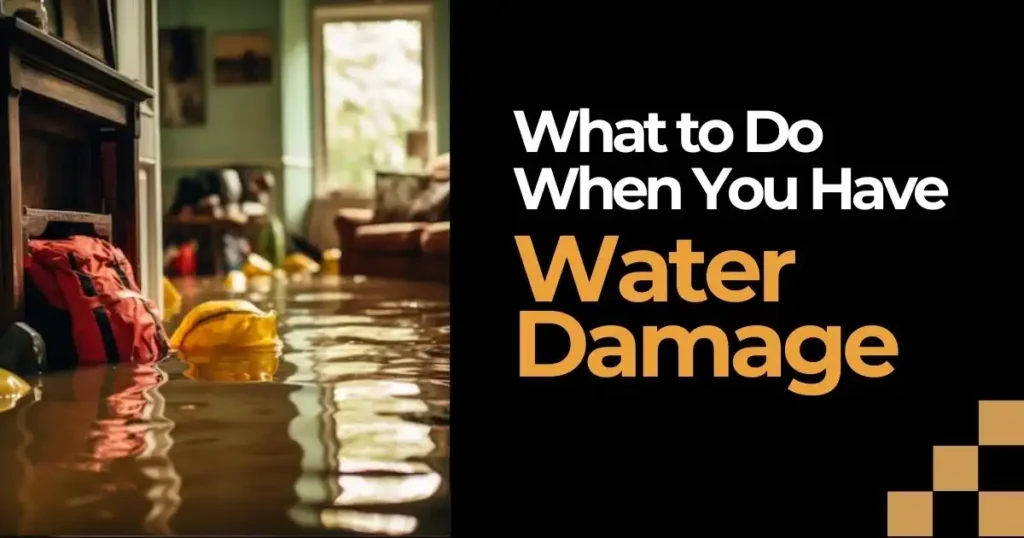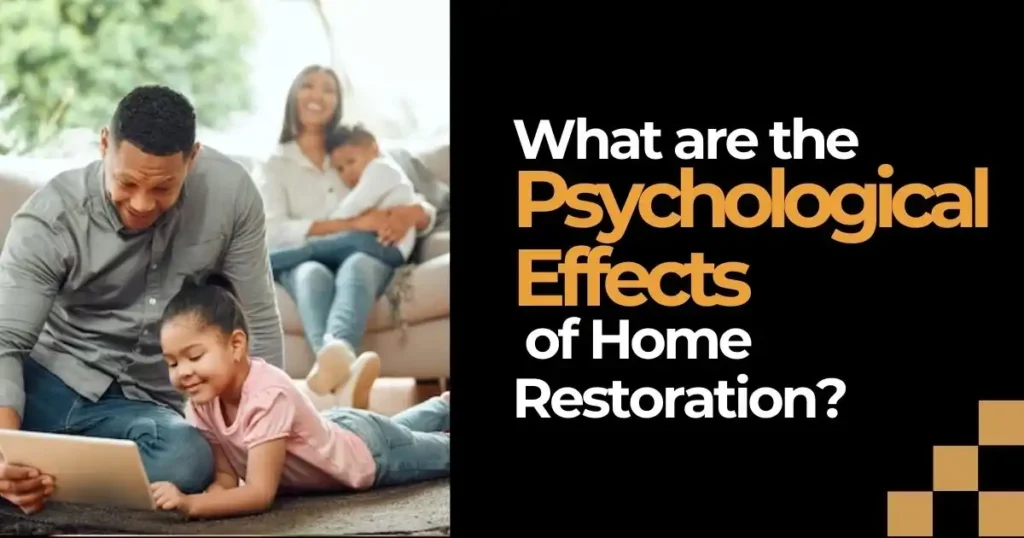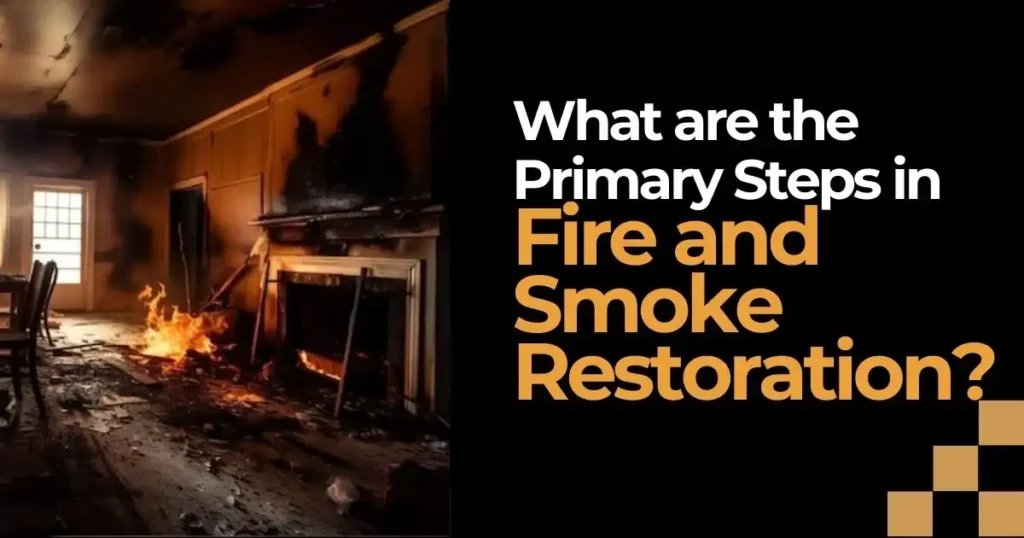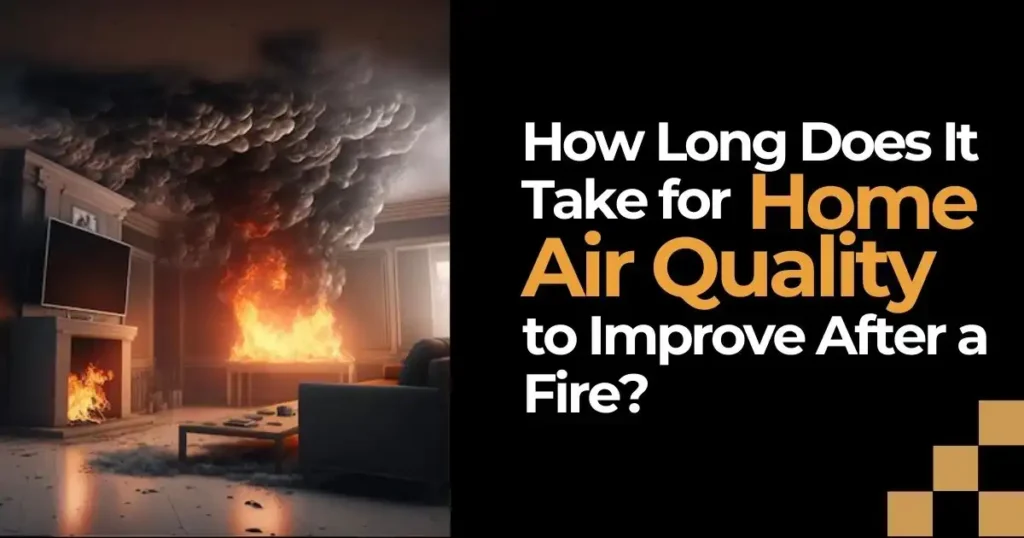What Are Effective Personal Property Restoration Techniques?
The most recent data examining the status of businesses that commenced operations in March 2021 revealed that 20.8% of private sector businesses in the U.S. experience failure within their inaugural year. Employing ineffective techniques stands out as one of the primary reasons contributing to business failures. Damage to your personal belongings or the contents of a building can halt your life and business. The closure of your business may necessitate cleaning the premises and restoring its contents or may prevent access to your belongings or residence. However, there’s hope in the form of personal property restoration halts. Personal property and contents restoration aims to clean and repair items that have suffered smoke, fire, or water damage. Restoration can often be a more cost-effective solution than replacement. This process allows you to preserve cherished possessions like family heirlooms or photographs, which hold irreplaceable sentimental value. Real Property vs. Personal Property It is necessary to distinguish between real and personal property. The real property encompasses land and permanently affixed structures like houses or buildings. On the other hand, personal property refers to movable items not fixed to land—everything from furniture and clothing to mementos and heirlooms. Even the house itself, if not firmly attached to the land, can be considered personal property, as seen with manufactured homes or “tiny homes.” Personal property restoration is a meticulous and multifaceted endeavor, requiring expertise and precision to ensure the successful recovery of your possessions. The goal extends beyond mere cleaning; it encompasses restoring your belongings’ functionality, aesthetics, and sentimental value. The Restoration Process: Quick Overview What Can Be Restored After Damage? Fabric and Textiles: Thoroughly clean, sanitize, and deodorize soft materials like fabric to restore their sentimental value. They have seemed lost forever, from sheets and bed linens to curtains, rugs, and clothing. Photographs, Mementos, and Family Heirlooms: Some possessions are irreplaceable, with memories and stories that transcend their physical form. Thankfully, restoration techniques can often breathe new life into cherished items such as photographs, porcelain dolls, antique jewelry, and family heirlooms, preserving their legacy for generations. Furniture: The restoration of furniture depends on the extent and nature of the damage, requiring specialized cleaning and repair methods tailored to each piece’s materials. Whether it’s a cherished couch, dining table, or antique dresser, skilled restoration professionals can revive furniture to its former glory. Electronics: Water, smoke, or fire damage doesn’t necessarily spell the end for electronicsMeticulously applying deep-cleaning and restoration techniques can often restore laptops, televisions, household appliances, and other electronic devices to good working order, sparing you the expense of replacement. Documents and Paper Products: Water damage can affect vital documents like tax records, medical records, and manuscripts, but they don’t have to be consigned to oblivion. Restoration specialists employ techniques to salvage books, journals, X-rays, legal documents, and other paper products, preserving critical information and memories. Personal Belongings: Beyond the apparent categories, numerous personal belongings can undergo restoration after a disaster. From pots and pans to decorative items, toys, and sports equipment, the possibility of salvaging and revitalizing these possessions underscores the value of comprehensive restoration services. Effective Techniques for Personal Property Restoration These essential techniques establish the cornerstone of effective personal property restoration, ensuring thorough assessment, treatment, and restoration to optimal condition post-damage. Assessment and Evaluation This initial step involves a comprehensive examination of each item to assess the extent of damage. Trained professionals meticulously inspect the item, identifying areas of damage and determining the best course of action for restoration. This evaluation guides subsequent restoration efforts, ensuring the application of appropriate techniques to address specific issues. Cleaning Cleaning is a fundamental aspect of personal property restoration, aimed at removing contaminants, debris, and stains accumulated during the damage event. They employ various methods based on materials and damage type. They use dry cleaning for delicate fabrics and wet cleaning for hard surfaces. Specialized agents and equipment restore items effectively. Deodorization Odors can linger on personal belongings following damage from smoke, water, mold, or other sources. Deodorization techniques are essential for eliminating these unpleasant odors and ensuring that restored items are odor-free. This may involve using ozone generators, air scrubbers, or specialized deodorizing agents to neutralize odors at their source, leaving items fresh and clean. Repair and Refurbishment Repairing and refurbishing damaged items is an integral aspect of restoration, particularly for addressing structural damage or restoring functionality. Skilled technicians employ a range of repair techniques to fix broken components, reinforce weakened structures, and restore items to their original state. Refurbishment may also involve cosmetic repairs to enhance the appearance of items and ensure they meet quality standards. Surface Treatments Specialized treatments address issues like stains, discoloration, or surface imperfections. They restore items to their original appearance, using techniques such as stain removal for fabrics or luster restoration for wood surfaces. Documentation and Tracking Throughout the restoration process, diligently document details to track the progress of each item and ensure transparency. This documentation includes records of damage assessments, treatments applied, and any changes or improvements made during the restoration process. Keeping thorough documentation helps maintain accountability and facilitates communication between restoration professionals and clients. Storage and Protection Carefully pack and store restored items securely to shield them from hazards and ensure safety during transit. Adequate storage preserves item integrity. Final Thoughts The key to successful personal property restoration lies in enlisting the expertise of professional contractors equipped to handle the intricacies of the restoration process. Companies like H20 Restoration offer comprehensive services that not only address structural damage but also extend to the meticulous restoration of the items within your home or business. Entrust skilled professionals with your belongings to embark on a journey of renewal and restoration, reclaiming and preserving their true value. FAQs Can odors be removed from damaged items? Yes, deodorization techniques eliminate lingering odors caused by smoke, water, mold, or other sources. This may involve using ozone generators, air scrubbers, or specialized deodorizing agents to neutralize odors effectively. How are damaged items repaired and refurbished? Skilled technicians use various repair

